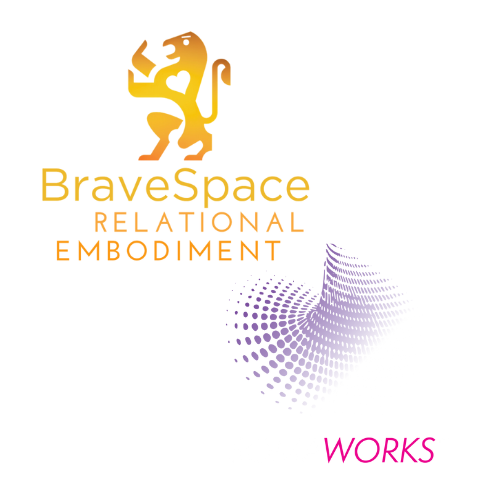Learning Contact Improvisation–Physical and Social Elements
Teaching Contact Improvisation(CI) in a community that has had little experience with it I have learned to teach social aspects first. To me this is consent work in the body—learning to navigate where we choose to be in relationship to someone else, and how to actuate those choices, moment by moment. Our social training and cultural norms around touch, movement, and power don’t necessarily prepare us for this kind of interaction, so engaging consciously with these dynamics has proven to be very empowering for people. I do this work in the BraveSpace® workshops I teach.
I’m about to offer a more technically focused contact improvisation (CI) workshop in Boise in which we’ll dive directly and deeply into the physicality of CI—sharing weight and organizing ourselves in space and time to create the art of the moment. This division that I’m drawing—between the physical and the social—is of course artificial: The two are fused in practice, yet useful when considering pedagogy. I’m excited to have enough of a contact community in Boise now to have critical mass to dive directly into the physical. I think it takes a few people who have been initiated into the consent aspects to hold the social field with people who have had less experience. Consent (typically 1-1) and consensus (group fields) co-create in this way. In my experience the social aspects arise from the physicality—from what our bodies are doing, learning, and creating as art. That’s the primary way I learned and continue to learn CI.

0 comments